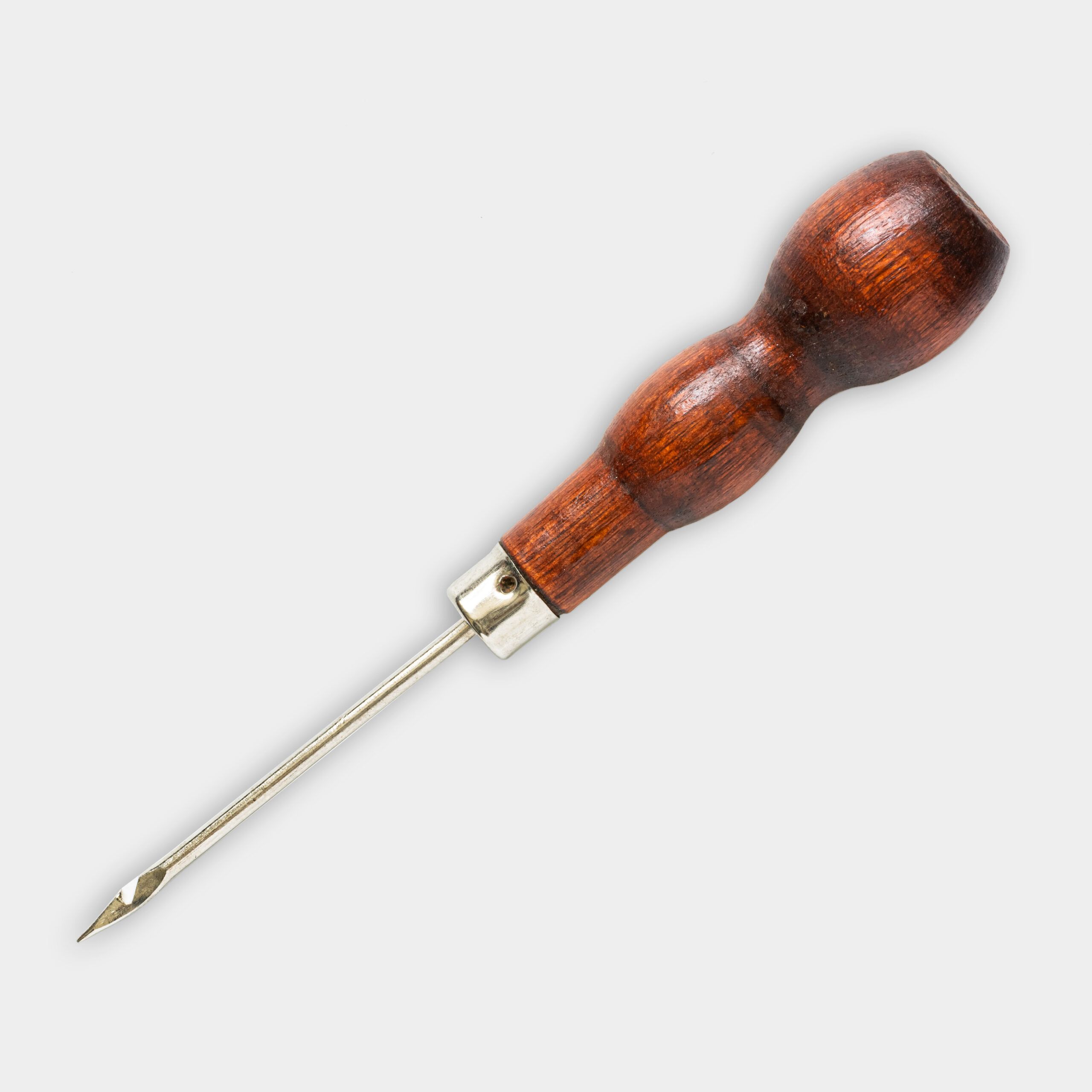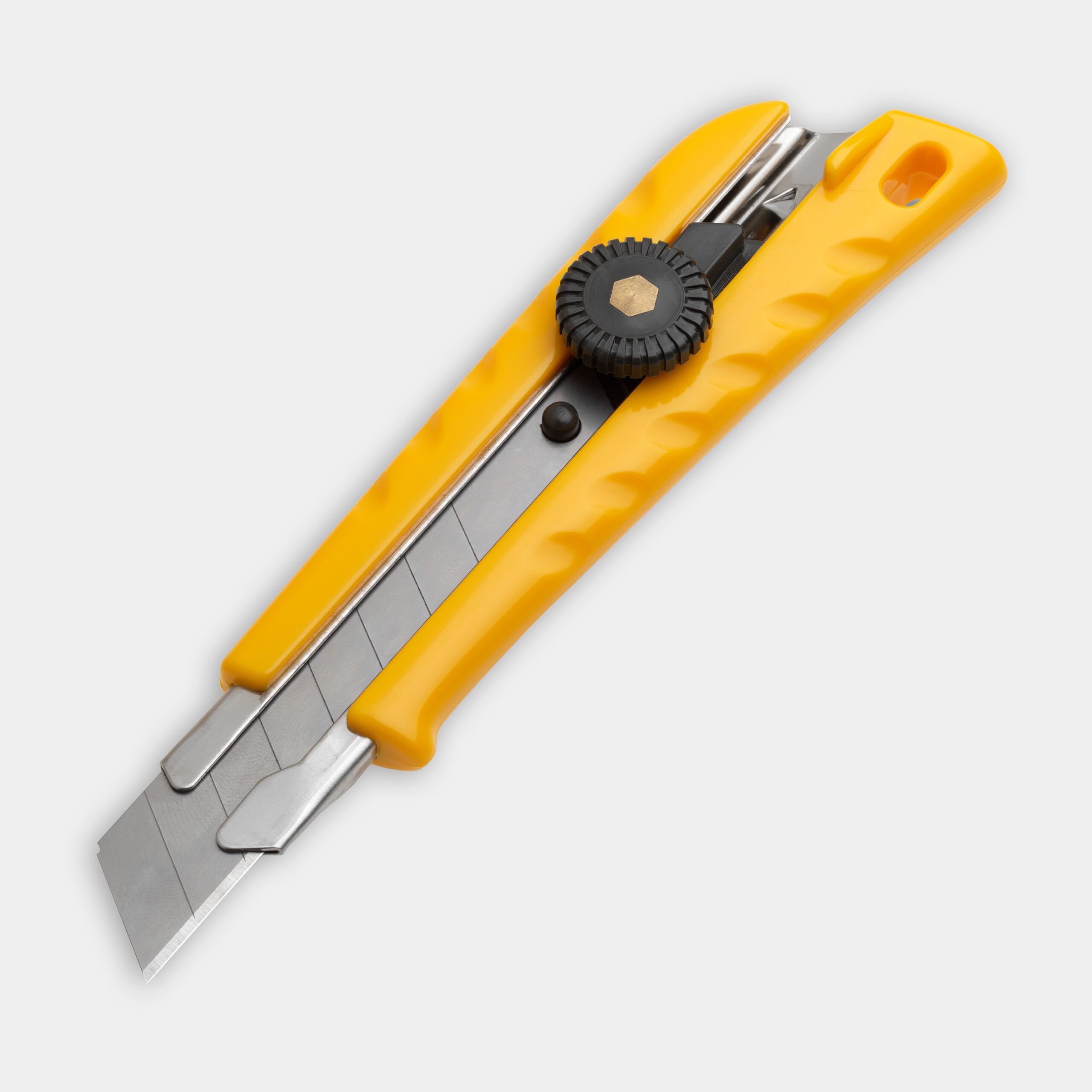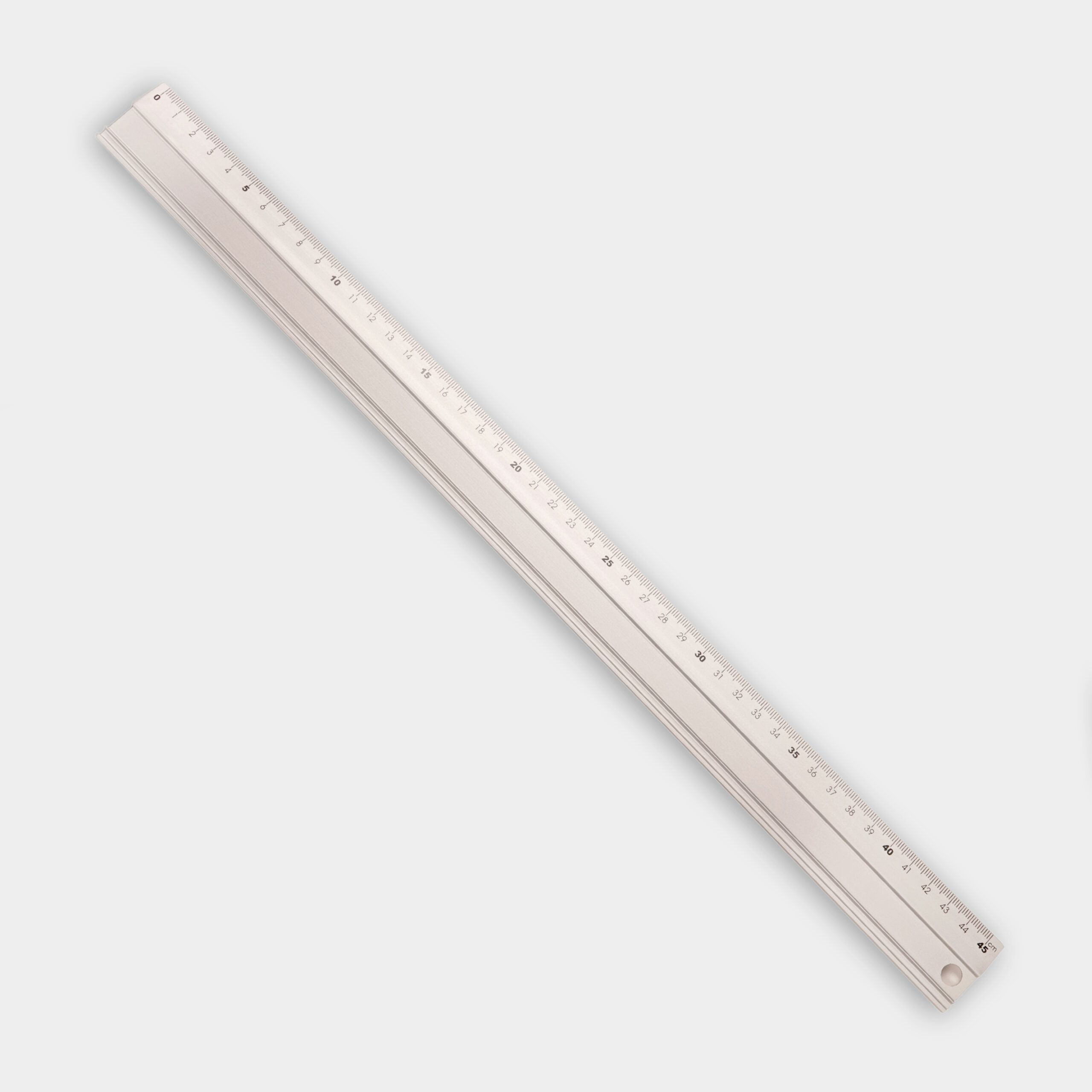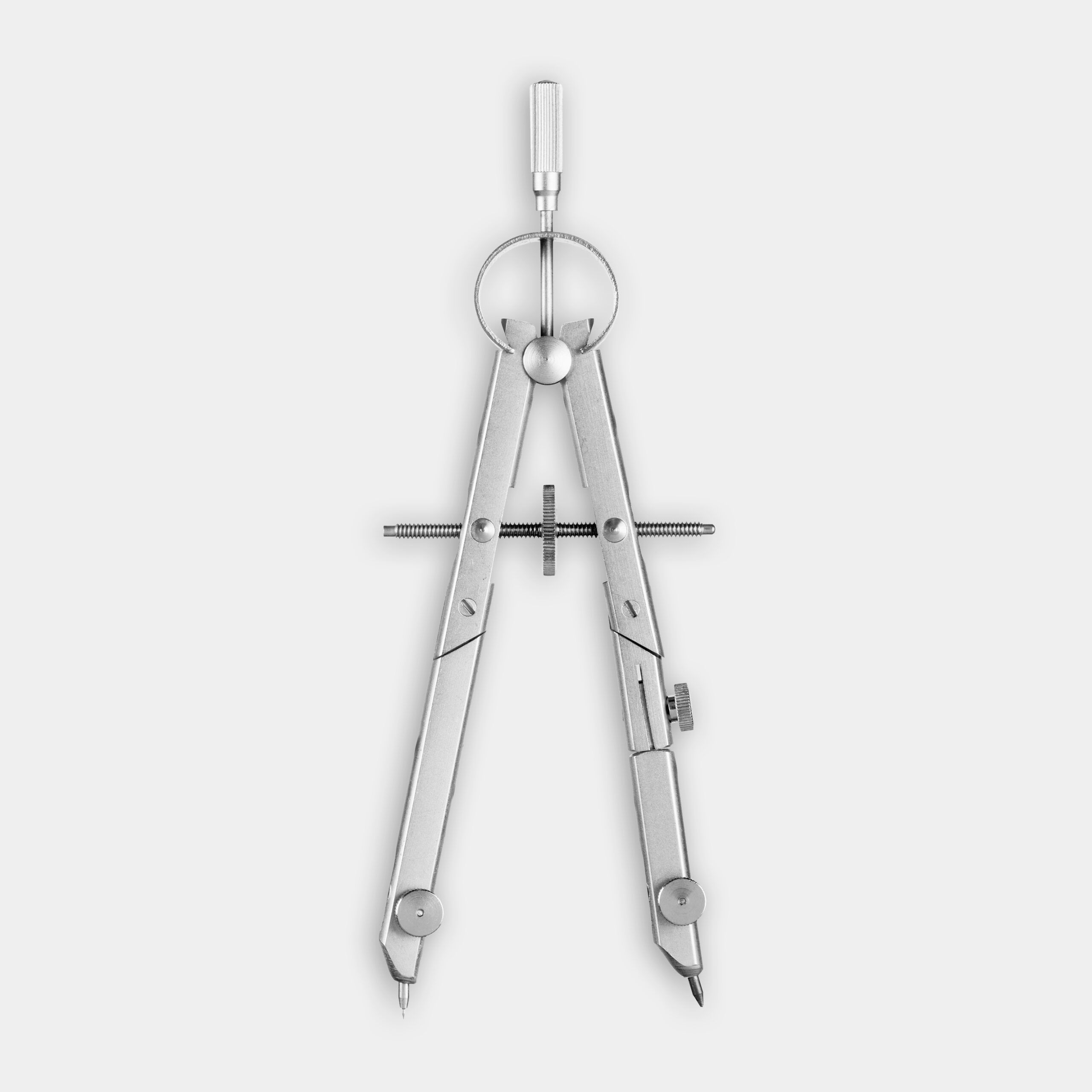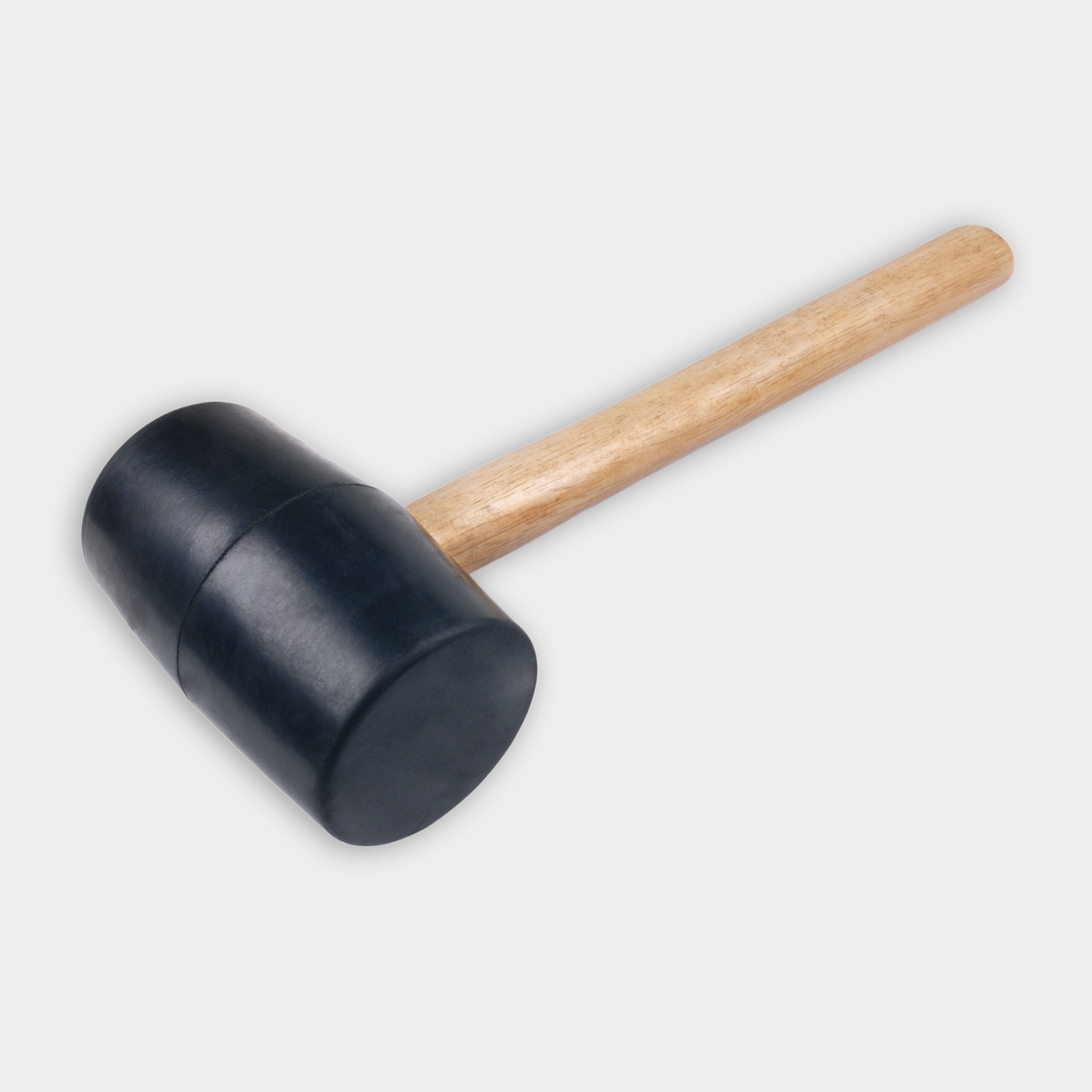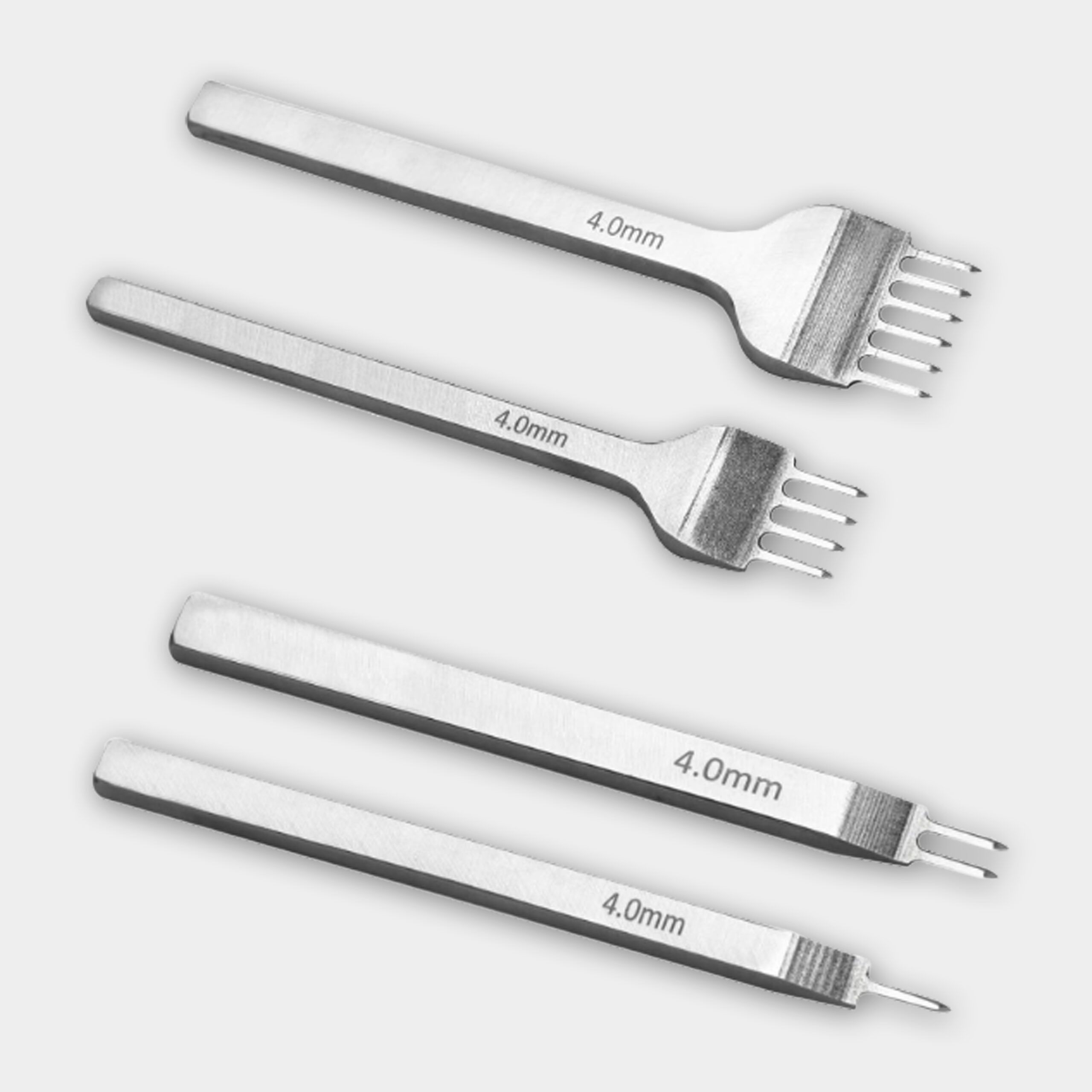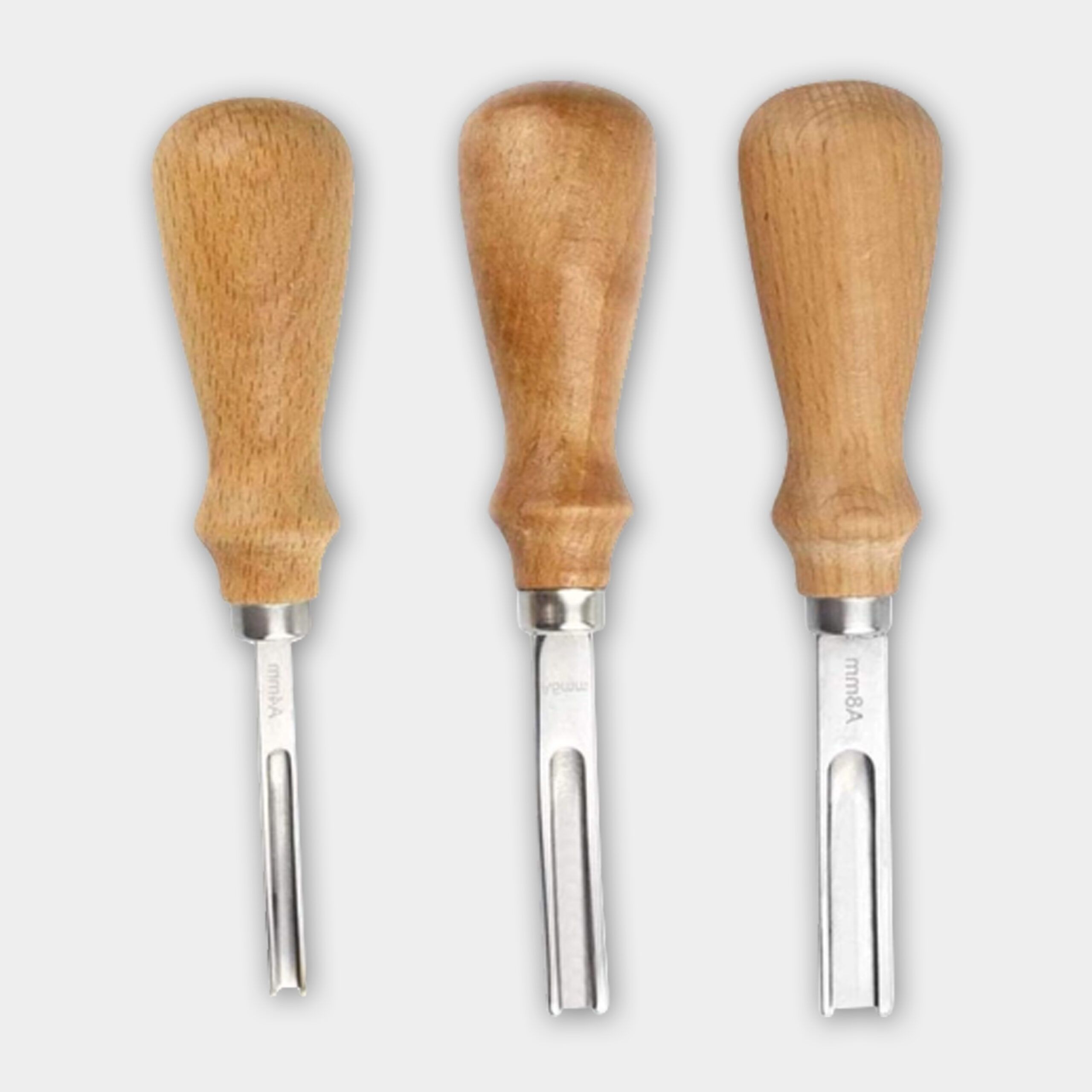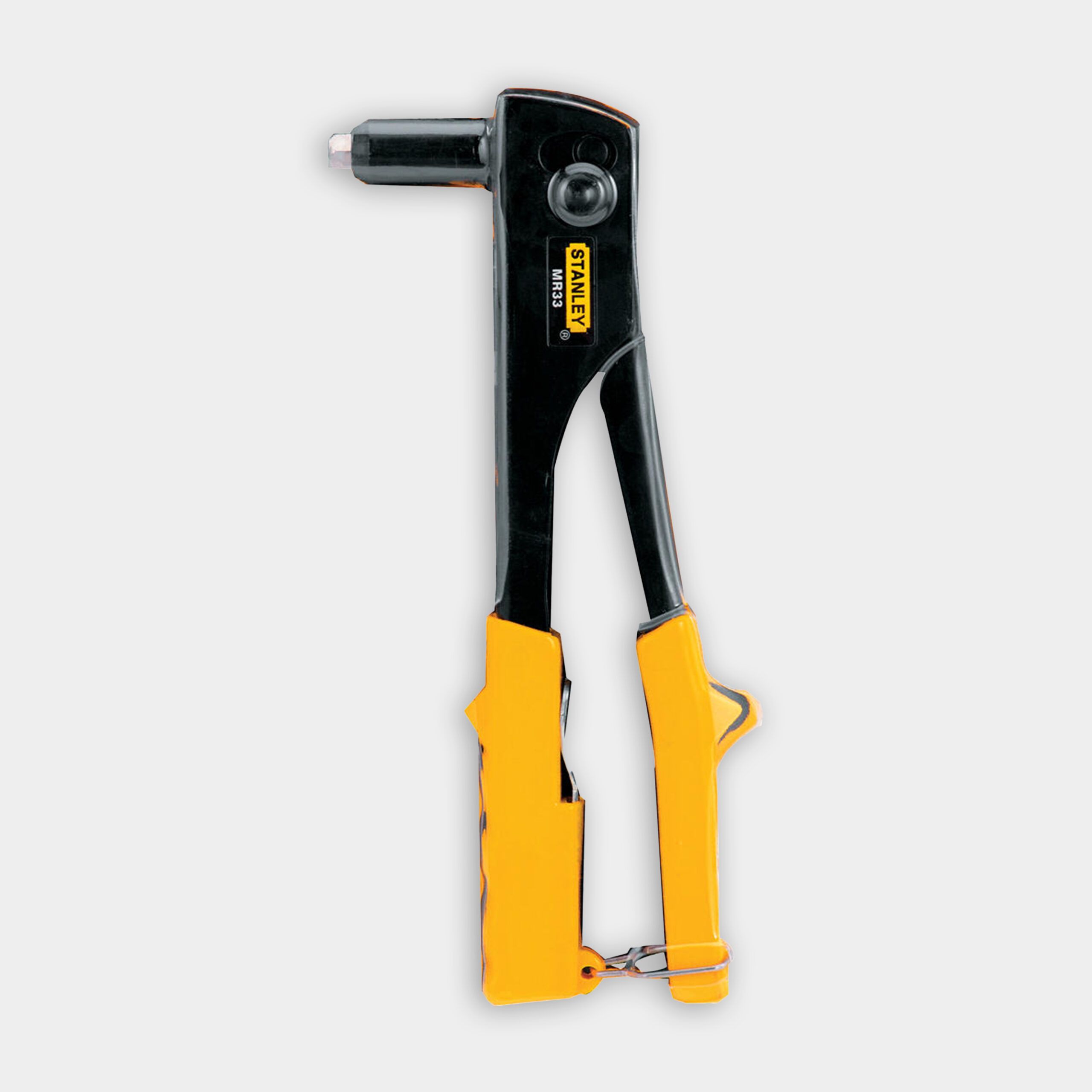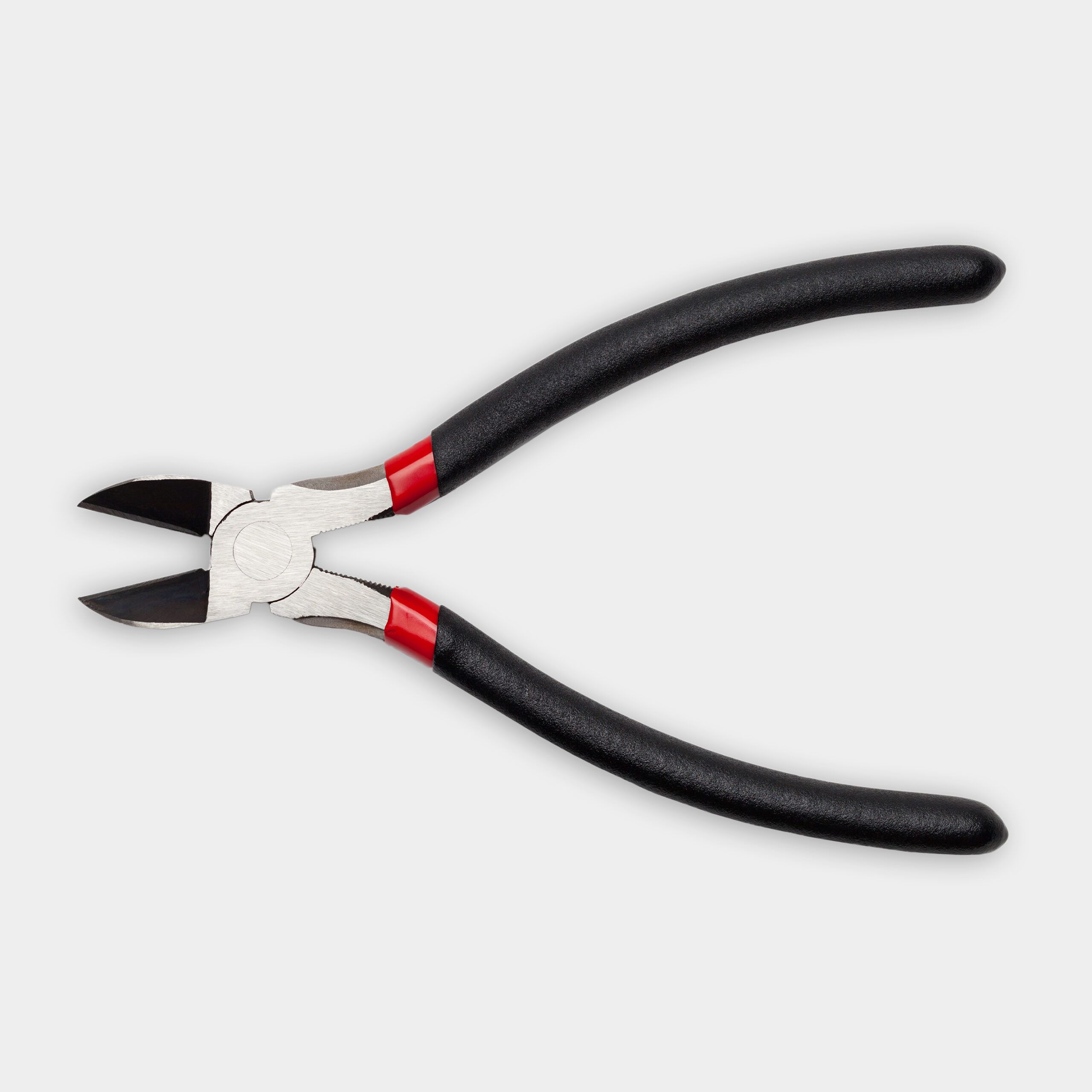We may be compensated if you purchase through links on our website. Our team is committed to delivering honest, objective, and independent reviews on home products and services.
Project details
Skill
Cost
Estimated Label
Creating a hand-stitched leather tote is a rewarding project that combines craftsmanship with functionality. This timeless accessory serves as a stylish carryall but also showcases premium leather. With the right tools and techniques, even beginners can craft professional-looking totes that will last for years.
In this guide and accompanying video, This Old House host Kevin O’Connor and expert leatherworker Jimmy DiResta show us how to create a hand-stitched leather tote from start to finish.
*Costs in this article reflect averages of prices sourced from Amazon.
Choosing the Right Leather
Selecting the best leather is crucial for the success of your tote project. The quality and type of leather you choose will affect your finished bag’s appearance and durability.
Here are the best types of leather for this project:
- Full-grain leather: The highest-quality option, known for its durability and natural appearance
- Top-grain leather: A more refined leather with a consistent texture
- Vegetable-tanned leather: An eco-friendly option that develops a beautiful patina over time
Leathermaking Tools and Materials
Before beginning your project, gather the following tools and materials.
Cutting Tools
- Razor knife with replaceable blades
- Rotary cutter (optional for long, straight cuts)
- Steel ruler or straight-edge
Stitching Tools
- Awl for marking and creating pilot holes
- Leather needles
- Stitching fork or pricking iron
Finishing Tools
- Burnishing tool
- Edge beveler
- Edge coat or gum tragacanth
Materials
- Edge Kote leather edge finish
- Kraft paper or poster board
- Leather glue
- Leather hide
- Rivets
- Waxed string and leather needles
Creating the Leather Tote Pattern
Developing an accurate pattern is the foundation of a well-crafted leather tote. This step gives your finished tote the shape and proportions you want.
Measuring and Drafting
Using a sample bag with the desired size and shape as a guide can help streamline the measuring and drafting process. Follow these initial steps:
- Find a sample bag with the desired size and shape, such as a canvas bag that DiResta uses
- Lay the bag flat on a large sheet of kraft paper or poster board
- Trace the outline of the bag onto the paper
- Refine the shape as needed, making sure it is symmetrical
Transferring the Pattern to Leather
Once you have your paper pattern, it’s time to transfer it to your leather sheet. Here’s how:
- Place the pattern on the face side of the leather hide
- Trace along the edges with a fine marker or scratch awl
- Use a sharp razor knife to carefully cut out the body of the bag, following your traced lines
Shape and Bend the Leather
Once you’ve cut out the pattern, shape the leather by folding it with your hands. Push down the folds with an open palm—leather is pliable, but it will take some elbow grease. If necessary, use the skive to trench out a portion of the leather on the inside to help it bend more easily.
Once it starts taking shape, use a rubber mallet to tap lightly along the folds. This approach will result in cleaner, rigid edges.
Preparing the Leather for Stitching
Before you start stitching, grab your divider tool to mark your stitch lines parallel to the edges on the tote bag.
Marking Stitch Lines
Next, you’ll map out the stitching holes. Use dividers set to your desired setback (typically 3/16 to 1/4 inch) to mark stitch lines along the edges of your cut leather pieces. Use light pressure.
Punching Stitch Holes
Follow these steps to punch holes in your leather canvas:
- Place the stitching fork on the marked line
- Tap the handle of the fork to drive the tines through the leather
- Continue this process, aligning the first tine with the last hole made, until you’ve punched holes along all stitch lines
Saddle Stitching Technique for a Leather Tote
Hand-stitching gives your leather tote an artisanal touch and adds durability. Saddle stitching is a reliable and traditional leatherworking technique.
To execute the saddle stitch method, follow these steps:
- Cut a length of waxed thread about three to five times the length of your seam
- Thread a needle onto each end of the string
- Begin stitching from the outside of the bag, pushing each needle through adjacent holes
- Cross the threads inside the bag and bring them back out through opposite holes
- Continue this pattern, maintaining even tension, until you reach the end of the seam
Securing the Stitches
Then ensure your stitches stay put by doing the following:
- Backstitch a few holes at the end of each seam
- Tie off the thread securely inside the bag
- Apply a small amount of PVA glue to the knots for extra security
Attaching the Handles of the Leather Tote
Sturdy handles are essential for a functional tote bag. Using rivets to attach the handles makes it strong and gives it a polished, professional look.
Cutting and Positioning Handles
- Cut two strips of leather for handles, each 12–16 inches long
- Position the handles on the bag, marking where you want to attach them.
Riveting the Handles
- Punch holes through both the handle and the bag body
- Insert copper rivets through the holes
- Use a rivet setter to secure the rivets in place
- Trim any excess rivet length and flatten with the setter
Finishing Touches
The final steps in creating your leather tote involve adding professional touches that elevate the bag’s overall look and durability.
Edge Finishing
Apply an edge coat to the raw edges of the leather to give your tote bag a polished look. Finished edges prevent the leather from tearing and fraying and extend the life of your tote.
Adding a Maker’s Mark
Add a final, personal touch by using your custom leather stamp to imprint your maker’s mark onto the bag.
